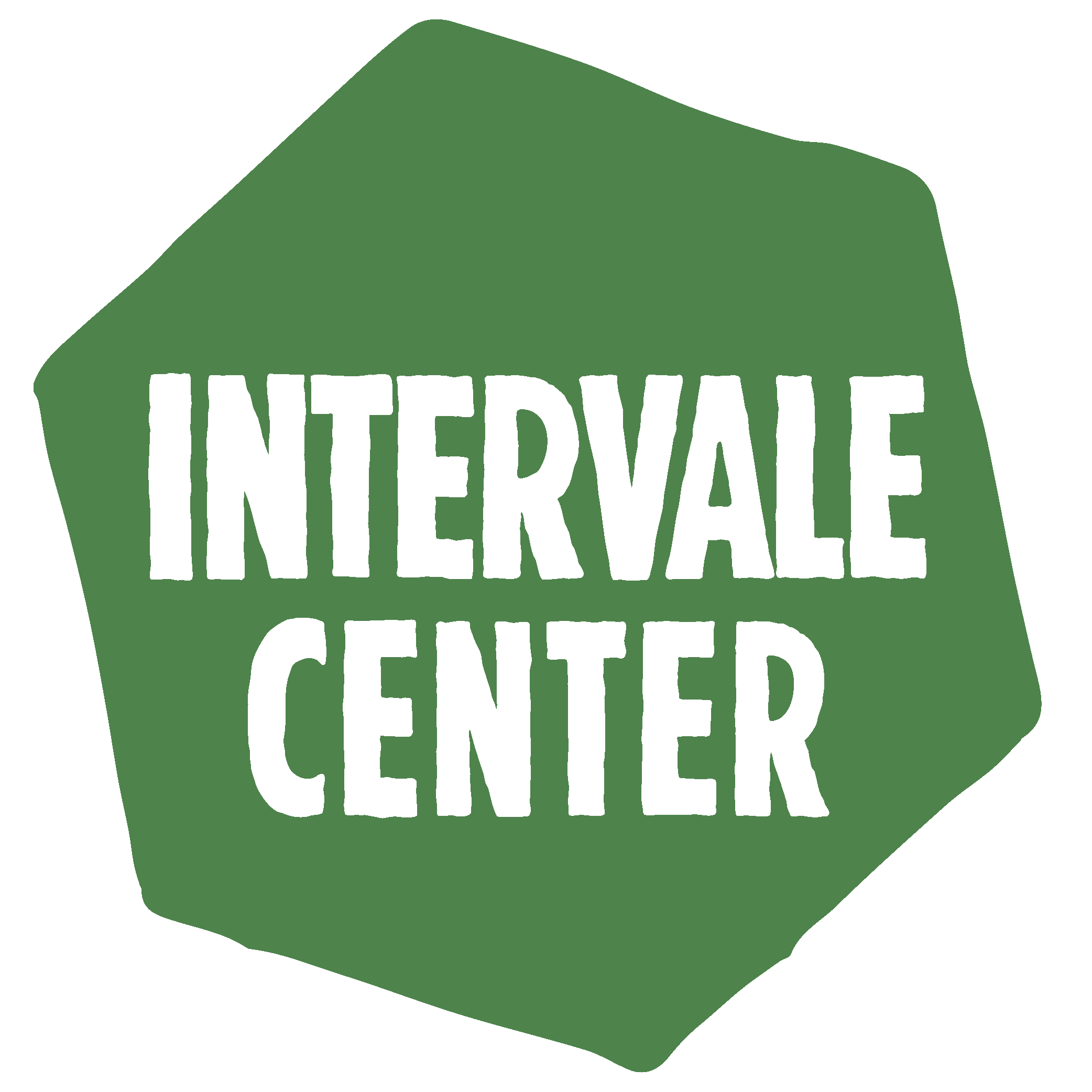Frequently Asked Questions
Who can order plants?
Anyone! We work with a broad range of partners, including but not limited to private landowners, watershed groups, government agencies, and non-profit organizations
How do you plant a bareroot tree or shrub?
Use the spade tip from your shovel for planting measurements. Make sure to scrape off the grassy layer and break up sod clump for back filling.
Dig the hole a shovels width and depth, typically 1’ by 1’. Keep the soil close to the hole; you don’t want to go searching for it when planting!
Find the root crown or soil level line on the plant. Make sure you don’t plant deeper than that line to avoid girdling and rot.
Pack the soil around the plant really well to avoid air pockets that could dry out the roots. Water in the plant.
commonly used terms
Riparian - Relating to land adjacent to rivers, streams, lakes, and other bodies of water. Riparian zones are where terrestrial and aquatic ecosystems overlap and provide homes for diverse flora and fauna.
Bareroot - A technique of arboriculture where a plant is removed from the ground in a dormant state with no soil around the roots. This allows for a rapid acclimation to soil conditions when transplanting.
Live stakes - Dormant branches of trees planted directly in soil which will develop roots and grow into new trees.
Fascine - A bundle of plant material bound together that, when planted, grow into clumps of erosion-fighting vegetation.
Bioengineering - Native willow and dogwood live stakes and fascines used in large scale streambank restoration projects.
Container - Rooted plant material grown in 1-gallon pots, 2-gallon pots.
Tube stock - Rooted plant material grown in long cylindrical tubes, plant material size ranges from 6” to 18” depending on species.
Tree Pot - Larger versions of tube stock that are well rooted and can be planted throughout the growing season.
